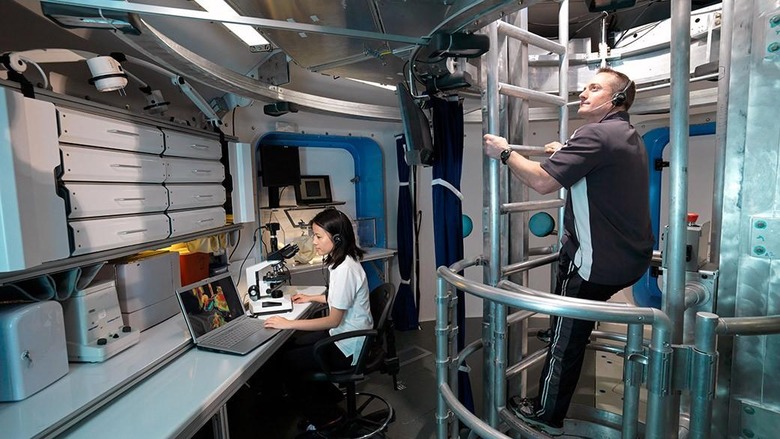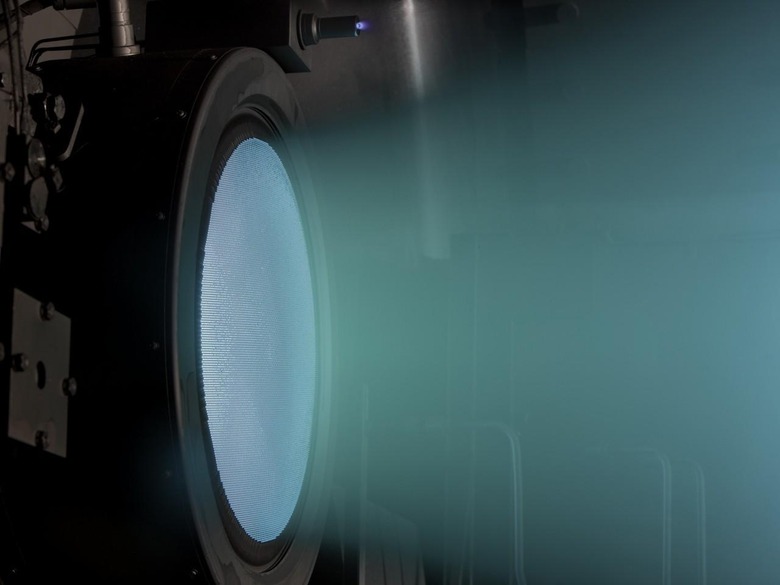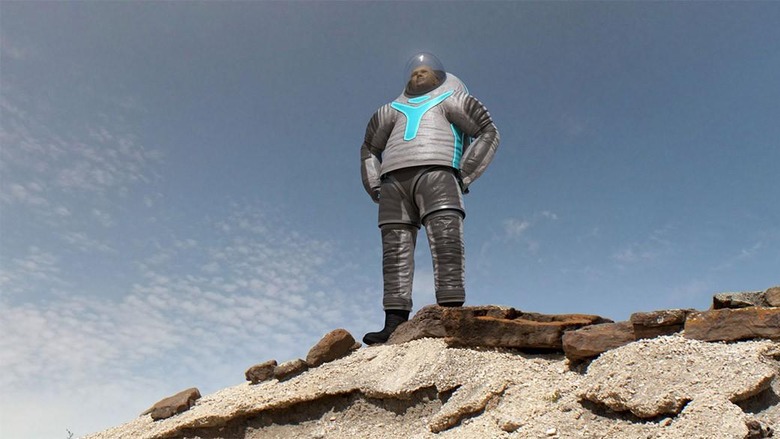NASA Shares The Real Tech Behind Ridley Scott's "The Martian"
Today NASA is showing the real science behind the film "The Martian". Not just the bits and pieces you'll know already – space travel and all that – but the technology you might not have known exists. NASA has the technology to make MOST of what you'll see in The Martian a reality. All they need is time and funding. And Matt Damon, of course. Can't forget Matt Damon. And Ridley Scott. This all begins with "the Hab", or The Habitat, the place where our hero Watney spends his days in the film.
As you'll see in the first trailer (below), this film takes place on Mars. One crew member from a Mars mission is left for dead and must survive an alien landscape using the technology left behind by the mission that'd stayed on the planet for an undisclosed amount of time.
This habitat is similar to the Human Exploration Research Analog (HERA). This place is located at NASA Johnson Space Center here on Earth, set up to prepare astronauts for missions aboard the International Space Station.
At the head of this article you'll see the Hab in The Martian. Below you'll see HERA.

In The Martian, Watney must learn to grow plants on Mars so that he might survive a period long enough to be rescued. As you'll remember from earlier this month, astronauts aboard the ISS ate space-grown lettuce for the first time in history. See: Space Lettuce.
To get to Mars, the crew in The Martian aboard fictional Ares 3 mission ship Hermes use Ion Propulsion. This technology is real, electrically charging gasses like xenon to push ions out at about 200,000 miles per hour. While these ion thrusters wouldn't do a lot on Earth, in space with little resistance and continuous acceleration, vessels are able to travel at tremendous speeds.

Above: NASA's Evolutionary Xenon Thruster (NEXT) Project's 7-kilowatt ion thruster.

The Martian features a rover much like the rovers NASA has on Mars and have used on our own Moon in the past. You'll also find Watney using a space suit much like NASA's own Z-2 and Prototype eXploration Suit. Above you'll see Matt Damon in his orange space suit, while below you'll see the Z-2 prototype suit.

NASA also goes into some additional details on RTG – Radioisotope Thermoelectric Generators and solar panels in their blog entry this week. The Martian will be released to theaters in the United States on the 2nd of October, 2015. Stay tuned for more information and trailers!
